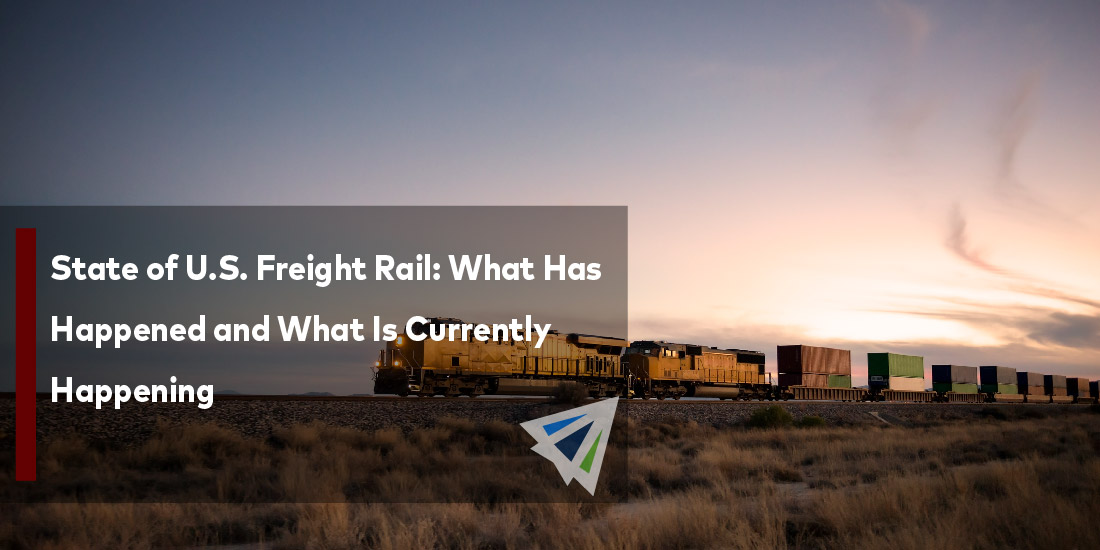State of U.S. Freight Rail: What Has Happened and What Is Currently Happening
A U.S. railroad strike has been averted as the railroads and unions have reached a tentative agreement.
This would have been the first rail strike to occur since the last rail strike in 1992.
We begin with discussing the most recent update, as well as the timeline of these negotiations and how they got to this point.
The Most Recent Update
The tentative agreement still needs to go to the unions to be voted on and hopefully be ratified. This has paused the possibility for a rail shutdown (for now), which could have had severe economic and logistical implications for many.
The Association of American Railroads (AAR) estimated that if a nationwide shutdown would have occurred, $2 billion would be lost in economic output each day.
What does this tentative agreement entail for these unions?
According to Reuters, workers whose pay had been frozen will win double-digit increases after they fought railroad attendance policies that workers called punitive.
Furthermore, this agreement includes a 24 percent wage increase throughout 2020 through 2024, including an immediate payout on average of $11,000 upon ratification, the AAR reports.
Many reports have shown that the main reason for the unions’ holdup on these negotiations, is regarding lifestyle issues. The unions argued that the railroads have points-based attendance policies that would penalize workers (up to termination) for going to routine doctor’s visits or attending family emergencies.
In this tentative agreement, workers would have the ability to take days off for sick leave and medical emergencies.
As of now, more specific details of what’s in the tentative agreement are scarce but surely will come out soon.
But yes, the agreement is still tentative and yes, the votes could fail. However, this tentative agreement is a promising sign, and for the time being averts a strike.
So, How Did We Get Here?
Back in 2020, negotiations began between six of the largest railroads and twelve unions that represent the railroad workers. Two year later, and negotiations still continued.
Now back in the middle of July this year, is when things really heated up. President Biden got involved, in order to prevent a strike. He then appointed an emergency board, known as the Presidential Emergency Board (PEB) to help mediate the dispute.
In August, the PEB released its recommendations to the parties, where the unions and railroads had 30 days to consider the recommendations.
Towards the end of this “cooling-off” period, some of the railroads started to limit services – specifically suspending hazardous material shipments and parking trains. Passenger rail was also impacted, with Amtrak canceling some long-distance routes.
Amtrak is now working to restore services on those canceled long-distance routes, Reuters reports.
Late in the evening on Wednesday, September 15, 2022, President Biden called U.S. Labor Secretary Marty Walsh, and negotiators. He reminded them what the “failure to reach a deal would have on families, farmers and business,” Reuters reported.
Some hours later, the unions and the railroads reached a tentative agreement.
However, on Friday, September 16th, the cooling off period would have ended, which is when the unions would have legally been able to strike. Though many were expecting and hoping Congress would get involved at that point.
Looking Ahead
We will continue to keep you informed as there will be more updates and details surrounding this topic and when/if the tentative agreement will be passed.
As always, if you would like more information regarding this topic, contact our team at InterlogUSA and we will be happy to assist you on any questions or comments you may have! In addition, we have our weekly market updates that can provide you with relevant freight news, updates, developments across the industry, and more.
